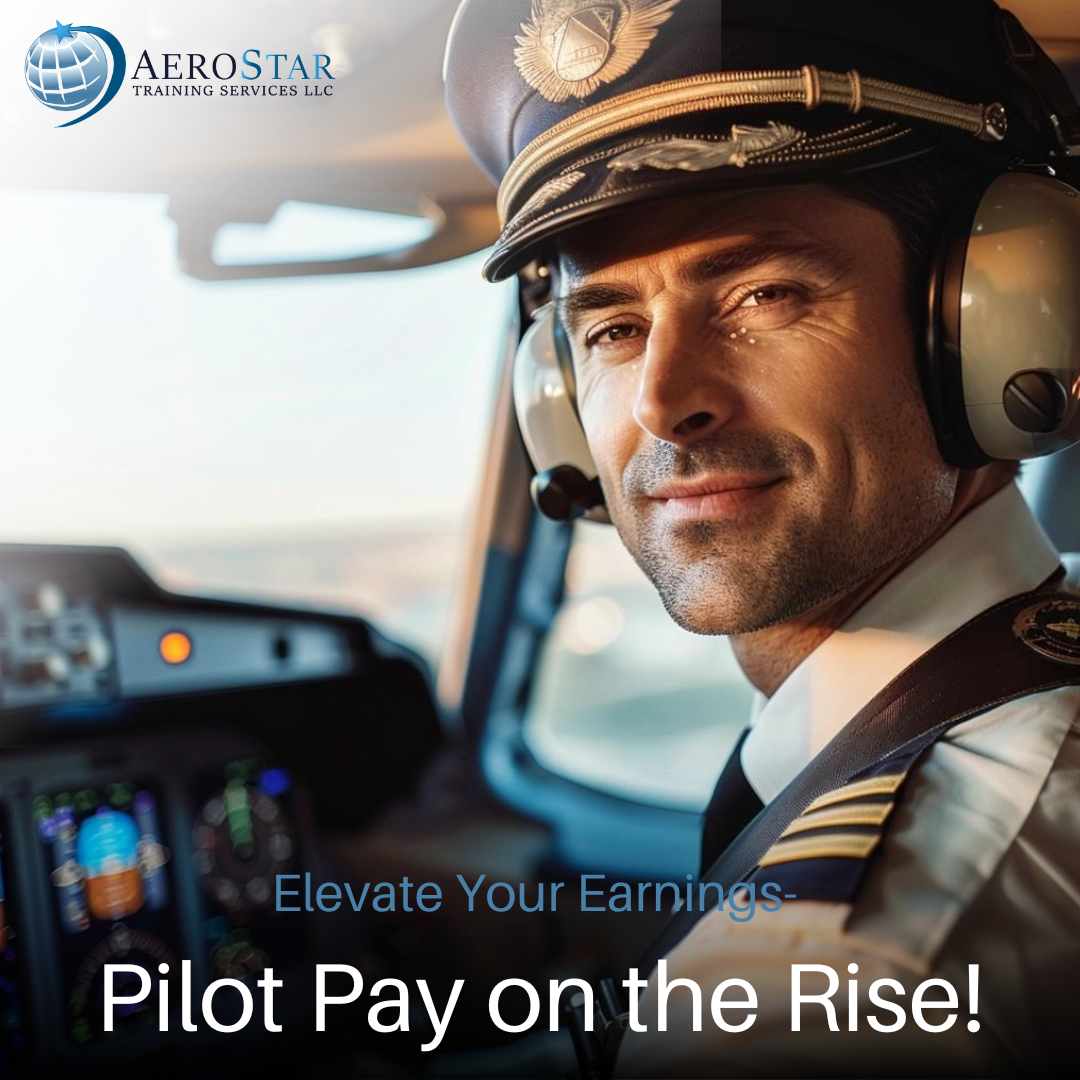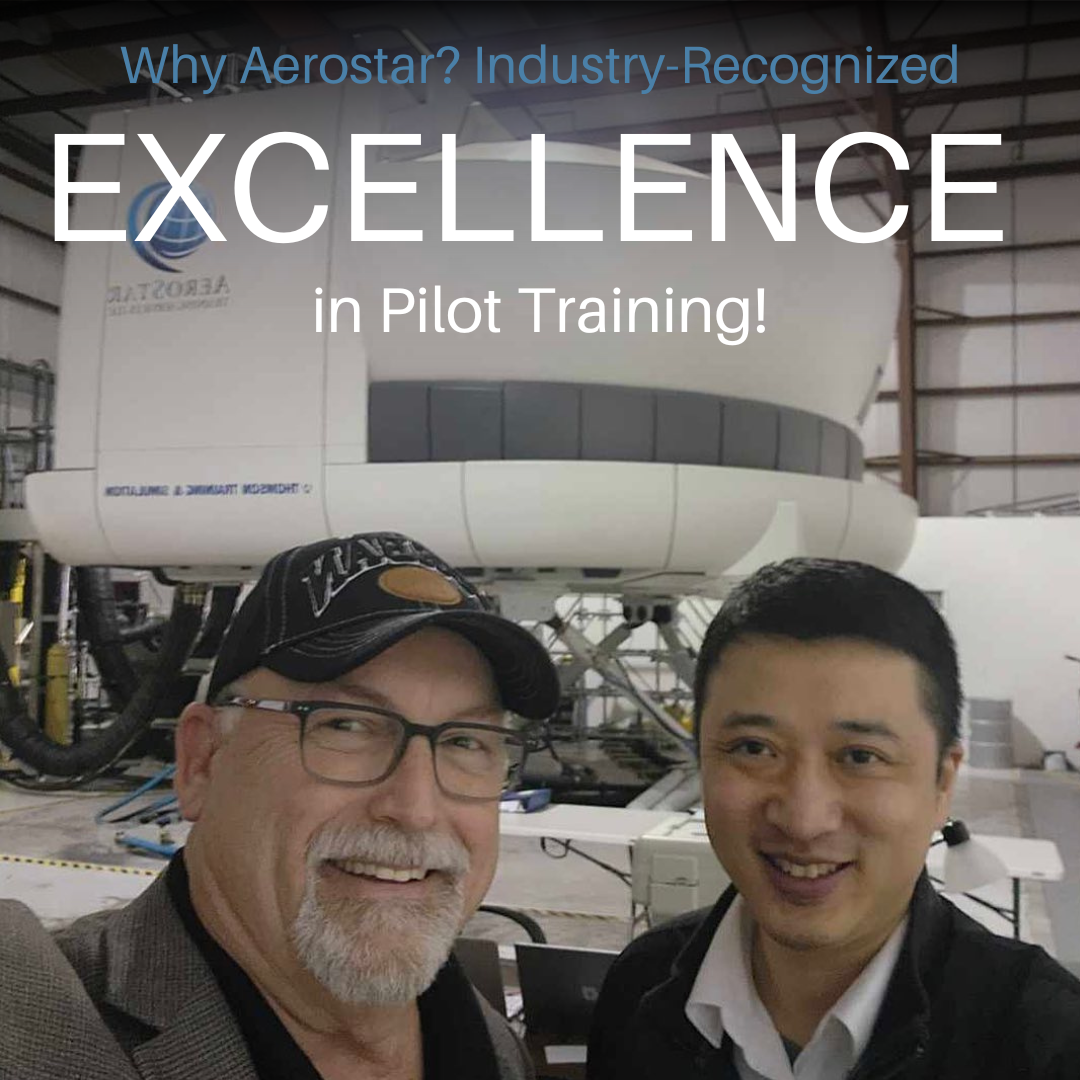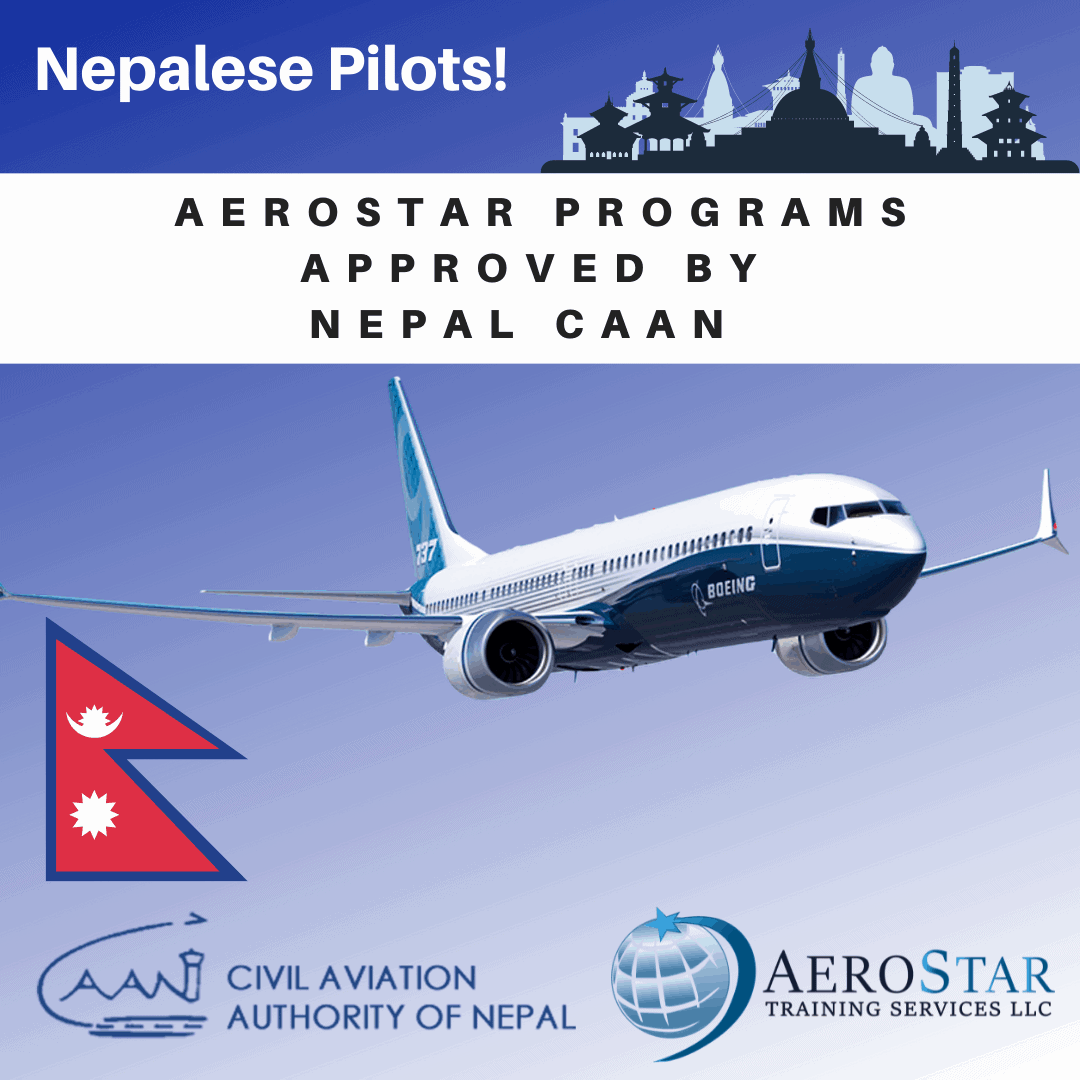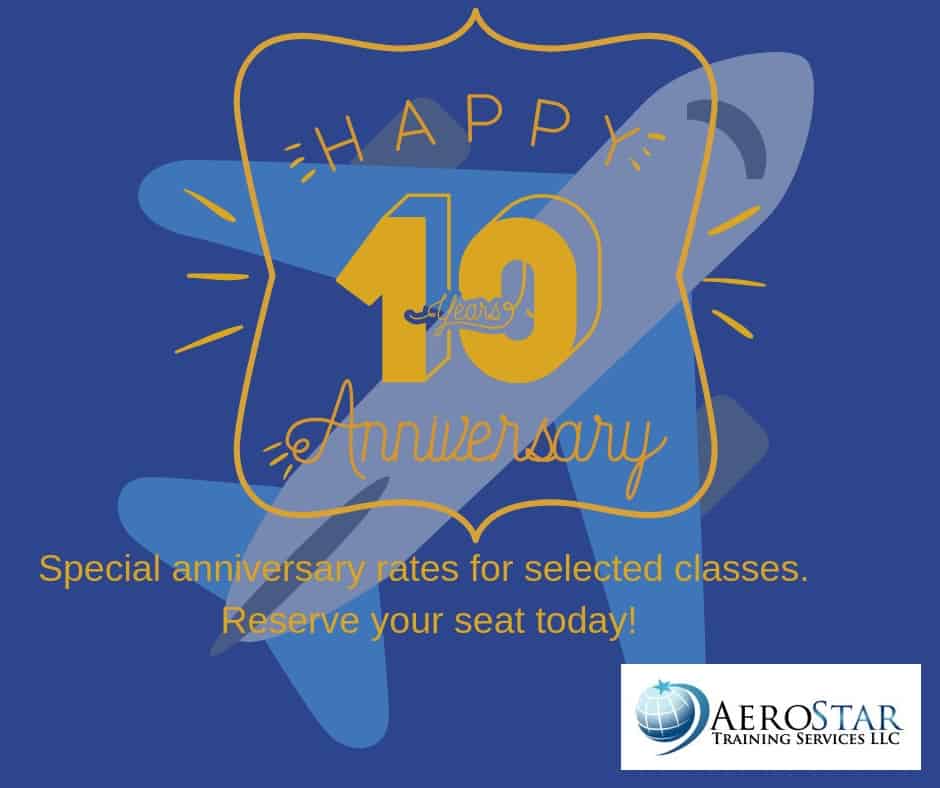Seize the Skies: Turn the Pilot Shortage into Your Career Opportunity
June 23, 2024
No Comments
Introduction: In recent years, the aviation industry has faced a significant pilot shortage, creating unprecedented career opportunities for aspiring aviators. With airlines and aviation companies ...
Read More
Elevate Your Earnings: How AeroStar Training Can Propel You to Top-Tier Pilot Salaries
June 23, 2024
No Comments
Introduction: In an era where pilot demand is skyrocketing, salaries are following suit. For those contemplating a career in the skies or looking to advance ...
Read More
Why AeroStar? Industry-Recognized Excellence in Pilot Training
June 23, 2024
No Comments
Introduction: In a world where the demand for qualified pilots continues to outstrip supply, choosing where to train is more than just a decision—it’s a ...
Read More
Reach New Heights: Start Your Pilot Career with AeroStar Amidst Aviation’s Rebound
June 23, 2024
No Comments
Introduction: The aviation industry is soaring once again. As travel restrictions lift and the world reopens, the demand for skilled pilots is climbing to unprecedented ...
Read More
AeroStar Earns Approval from Nepal CAAN for Our FAA Part 141 and Part 142 Programs
September 28, 2021
No Comments
We have been approved for both our FAA 141 and FAA 142 certificates under Nepal CAAN approval. AeroStar welcome pilots from the Top of the ...
Read More
Interview with an Airline Captain
February 5, 2020
No Comments
Instructor Babbitt interviews Airline Captain David Santo: 1) What happens when there’s an emergency on the airplane? 2) What is it like to be an ...
Read More
AeroStar Training Services – The Overview
October 16, 2019
No Comments
In this short video, Captain David Santo answers questions about AeroStar Training Services, including How is Aerostar different from other pilot training organizations? What credentials ...
Read More
Aerostar Celebrates 10th Anniversary with Special Rates on The Best Pilot Training
January 8, 2019
No Comments
We have provided the best pilot training for 10 years! Time isn’t the only thing that’s flying by! Our students are flying A320s and B737s ...
Read More
AeroStar Enjoys WATS Conference
April 22, 2018
No Comments
The AeroStar Team enjoyed the WATS conference – we attend each year to keep up to speed with what’s going on in the Aviation Training ...
Read More
U.S Airways Flies into the History Books
October 20, 2015
No Comments
US Airways traces its roots back to 1939 when it was known as All American Aviation, an Air Mail Carrier founded by the DuPont ...
Read More








